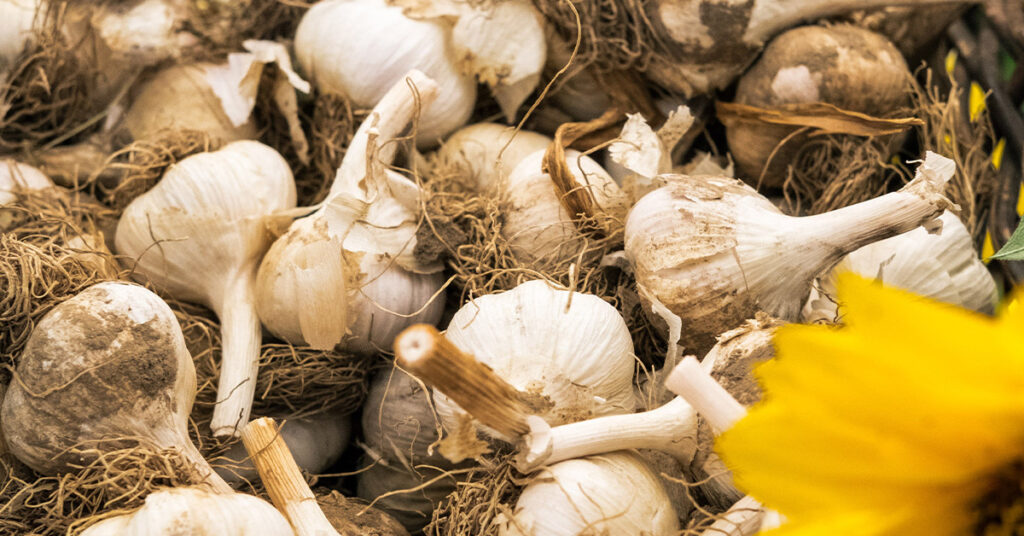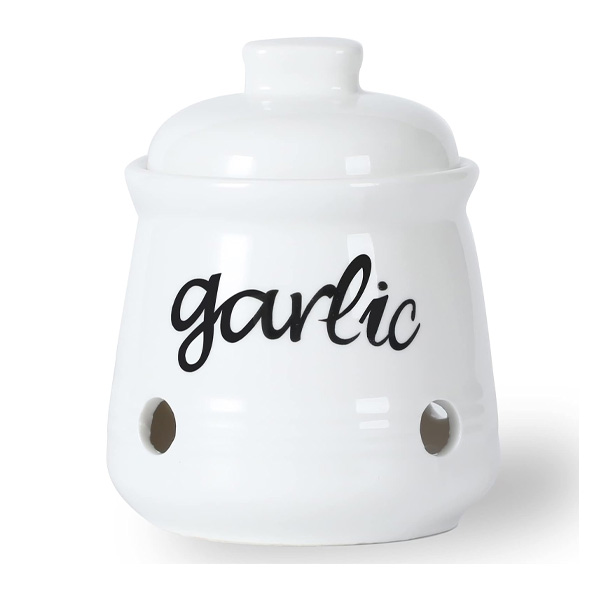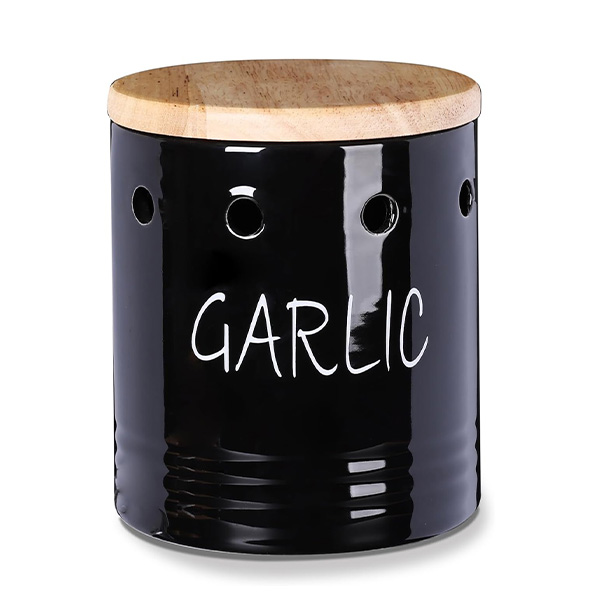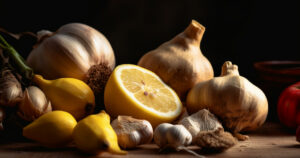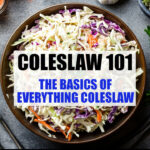Fresh garlic is a savory ingredient that adds a burst of flavor to any dish. Whether you’re a cooking enthusiast or just a casual home cook, knowing how to choose and store fresh garlic properly is essential. Nothing beats the rich flavor of fresh garlic, and with a little know-how, you can ensure that your garlic stays fresh for longer. In this blog, we’ll explore the best tips for buying and storing fresh garlic, from choosing the best variety to avoiding common mistakes. So let’s dive in and discover how you can make the most of this common but exceptional ingredient.
How To Buy and Store Fresh Garlic?
When shopping for fresh garlic, it’s important to select the best quality available. While garlic can be found in almost every grocery store, not all garlic is created equal. To ensure that you’re getting the freshest garlic possible, consider shopping at a local garlic farm or farmer’s market. These places often have a wider variety of garlic and offer a chance to interact with the growers, who can provide insights into the different flavor profiles of each variety.
Which Garlic Variety Is The Best To Buy?
There are several garlic varieties to choose from, each with its own unique flavor profile. Softneck garlic, which is commonly found in grocery stores, is a versatile and widely-used garlic that is suitable for most recipes. Hardneck garlic, on the other hand, has a shorter shelf life but boasts a rich, full flavor, making it a favorite among cooking enthusiasts. Elephant garlic is a milder option, with cloves that are much larger than common garlic. If you’re looking for a garlic with a strong, rich flavor, rocambole garlic is a great choice. Purple stripe garlic is another favorite among food lovers, known for its rich flavor and beautiful, striped cloves.
What To Look For When Garlic Shopping?
When shopping for garlic, there are a few key things to look for to ensure you’re getting the best quality. Here’s a helpful checklist:
- Choose individual garlic cloves that are plump, firm, and unbruised.
- Opt for garlic bulbs that have a dry, papery skin that is not moist or damp.
- Look for garlic bulbs that are free from blemishes or dark spots.
- Avoid garlic heads that have a strong, overpowering smell.
- Feel the garlic bulbs to ensure they have a dense, firm texture.
- Keeping these tips in mind will help you select garlic that is fresh and of the highest quality.
What To Avoid When Buying Garlic?
While it’s important to know what to look for when buying garlic, it’s equally important to know what to avoid. Here are a few things to steer clear of:
- Avoid garlic heads with green shoots, as this indicates that the garlic is older and may have a bitter flavor.
- Discard garlic bulbs that feel soft, as they may be old or moldy.
- It’s best to avoid purchasing minced garlic, as fresh whole cloves are preferable.
- By being mindful of these tips, you can ensure that you’re buying garlic that is fresh, flavorful, and ready to enhance your culinary creations.
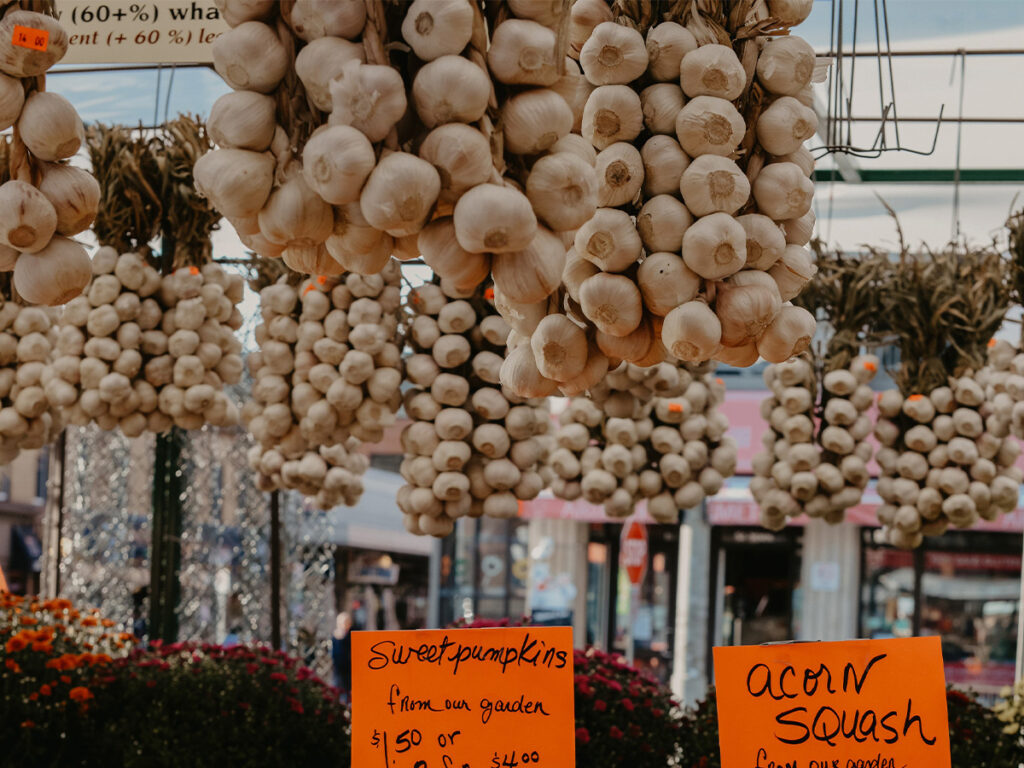
Storing Fresh Garlic: The Right Way
Now that you’ve chosen the best fresh garlic, it’s important to store it properly to maintain its flavor and extend its shelf life. Storing garlic correctly will prevent it from spoiling and ensure that it remains fresh and ready to use whenever inspiration strikes. Here are some tips for storing fresh garlic the right way:
Storing Whole Garlic Bulbs
If you have whole heads of garlic, store them in a dark, dry place with good air circulation. It’s best to avoid plastic bags, as they can trap moisture and decrease the garlic’s shelf life. Instead, opt for a wire basket or a mesh bag, which allows air to circulate around the garlic. Room temperature is ideal for storing whole garlic bulbs, as it helps maintain the best flavor.
Should Garlic Be Refrigerated?
While whole garlic bulbs are best stored at room temperature, minced garlic can be refrigerated for meal prep convenience. However, keep in mind that refrigeration decreases the shelf life of garlic, so only store minced garlic in the refrigerator if you plan to use it within a week. Avoid refrigerating whole heads of garlic, as the cold temperature can affect their flavor and texture.
Keeping Peeled/Chopped Garlic
If you have peeled or chopped garlic, it’s best to store it in an airtight food storage container in the refrigerator. This will help preserve its freshness and prevent odor transfer to other foods. For extra protection, wrap minced garlic tightly in plastic wrap before placing it in the container. If you often use garlic paste, store it in an airtight container in the refrigerator, where it can stay fresh for a longer period of time.
Freezing Whole Garlic
If you have excess whole garlic, freezing it is a great way to extend its shelf life. Here’s how to do it:
- Peel the individual cloves and place them in a silicone ice cube tray or a regular ice cube tray.
- Fill the tray with water to cover the cloves and freeze until solid.
- Once frozen, transfer the garlic cubes to a freezer bag for easy storage.
- Frozen whole garlic can be used directly in cooking, but keep in mind that the texture may change slightly.
Mistakes In Storing Garlic
While proper storage is key, there are a few common mistakes to avoid when storing garlic. Here’s what not to do:
- Avoid storing garlic in direct sunlight, as it can affect the flavor and shelf life.
- Do not store garlic in a plastic bag, as it can trap moisture and decrease shelf life.
- Opt for a dark place to store garlic, as light exposure can diminish its flavor.
- Keep whole garlic bulbs, rather than individual cloves, stored for best flavor retention.
- Avoiding these mistakes will ensure that your garlic stays fresh, flavorful, and ready to enhance your favorite dishes.
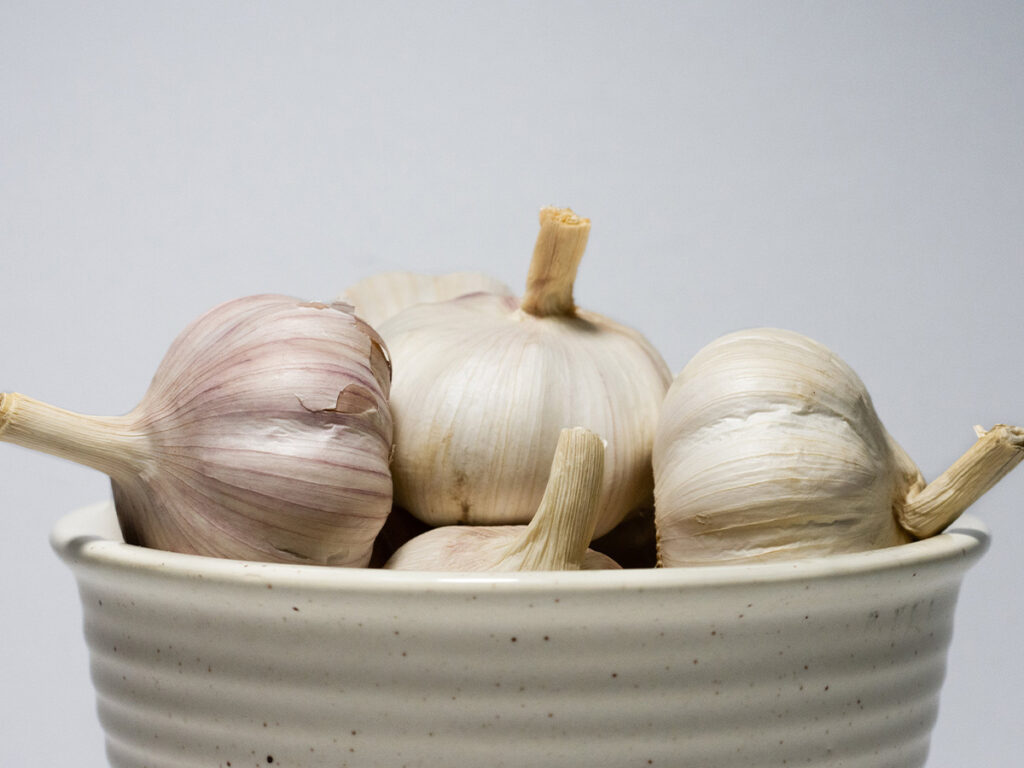
Common Garlic Questions Answered
Now, let’s address some common garlic questions that you may have been wondering about. From cooking tips to garlic flavor, we’ve got you covered.
What Is The 10 Minute Garlic Rule?
The 10-minute garlic rule is a cooking technique that involves adding minced garlic to a dish near the end of cooking. By doing this, the fresh garlic flavor is preserved, and it won’t become bitter or lose its potency. Garlic’s flavor diminishes with prolonged cooking, so adding garlic towards the end of cooking allows it to infuse the dish with a distinct garlic flavor, enhancing the overall taste.
Why Does My Garlic Not Taste Like Garlic?
Can You Eat Sprouted Garlic?
Sprouted garlic, with green shoots emerging from the cloves, is still safe to eat. However, it might have a slightly milder flavor compared to non-sprouted garlic. If the green shoots are small, you can remove them before using the cloves. Larger green shoots can sometimes result in a bitter taste, so it’s best to remove them to avoid any unwanted flavors.
Why Shouldn’t You Crush Garlic?
While crushing garlic is a common practice, it’s best to avoid it if you want to maintain the rich flavor of garlic. Crushing garlic releases bitter-tasting compounds, resulting in a more intense and bitter garlic flavor. Instead of crushing garlic, try chopping it finely or using whole cloves, which retain a more subtle and savory flavor. Using a garlic keeper or airtight container can also help preserve garlic flavor.
Is Grocery Store Garlic From China?
In the United States, a significant portion of grocery store garlic is imported from China. However, it’s important to note that garlic is also grown domestically, particularly in California, which produces about 90% of the garlic grown in the U.S. Smaller amounts of garlic are also imported from Mexico, Argentina, and other countries. If you’re looking to support local growers, consider seeking out garlic from a garlic farm or a farmer’s market, where you can find a wider variety of fresh, locally-grown garlic.
What Is The Garlic Trick?
The garlic trick is a handy technique to easily remove garlic skin. To peel multiple cloves of garlic at once, place the whole head of garlic in a jar and shake vigorously. The garlic cloves will separate from the skin, making it effortless to peel them. This trick is especially useful when cooking or meal prepping, as it saves time and effort in peeling garlic cloves individually.
Why Do Italians Not Use Garlic?
Italian cuisine varies depending on the region, and while garlic is a common ingredient in many Italian dishes, there are certain regions and dishes where garlic is traditionally not used. Culinary traditions and local customs often dictate garlic usage in Italian cooking. In some Northern Italian regions, garlic is less prevalent, allowing other flavors to shine. However, in many classic Italian recipes, garlic is a key ingredient, adding depth and flavor to dishes. The use of garlic in Italian cooking ultimately comes down to personal preference and the specific dish being prepared.
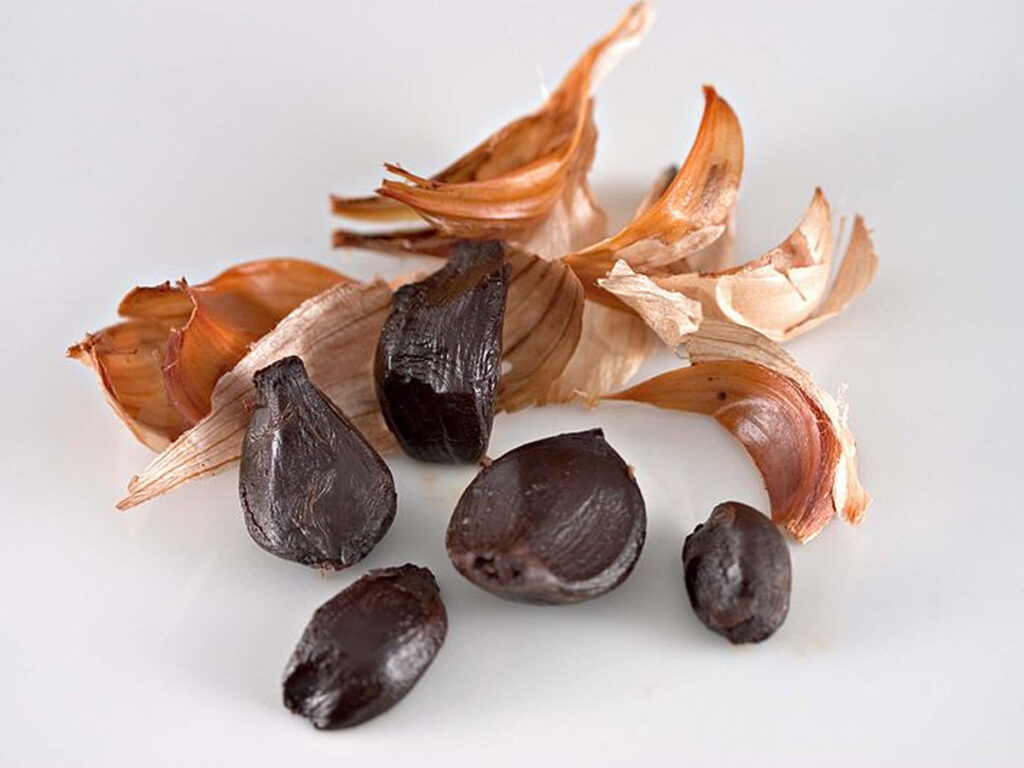
What Is Black Garlic?
Black garlic is a unique ingredient that offers a completely different flavor profile compared to fresh garlic. It is made by fermenting whole bulbs of garlic at low temperatures for an extended period of time, usually several weeks. This fermentation process transforms the cloves into black garlic, which has a soft and sticky texture, along with a sweet and savory taste.
Black garlic has become increasingly popular in culinary circles due to its complex flavor and versatility. It can be used in various dishes, both savory and sweet, adding depth and richness to the overall flavor profile. Some common uses for black garlic include incorporating it into sauces
Conclusion
To wrap it up, buying and storing fresh garlic can make a significant difference in your culinary creations. Remember to choose the best garlic variety that suits your taste preferences and look for firm bulbs with tight skins when shopping. Avoid soft or moldy garlic, as it may be spoiled. When it comes to storing, keep whole garlic bulbs in a cool, dry place, away from direct sunlight. While refrigeration is not necessary for whole bulbs, peeled or chopped garlic can be stored in the fridge. If you have excess garlic, freezing it is a great option. Avoid common mistakes like storing garlic near moisture or in plastic bags. With these tips, you’ll always have fresh and flavorful garlic on hand for your cooking adventures.

